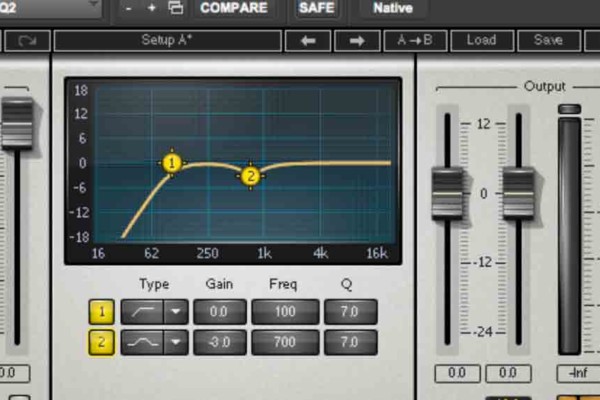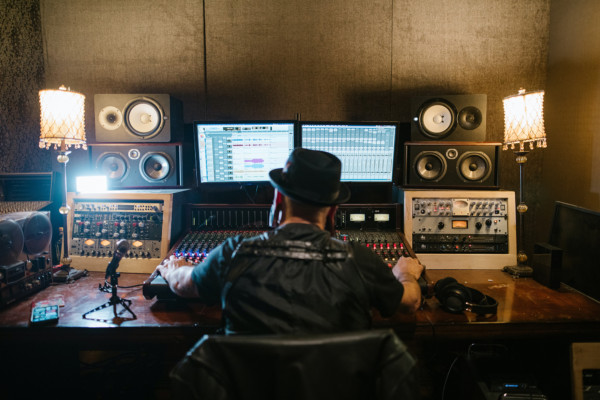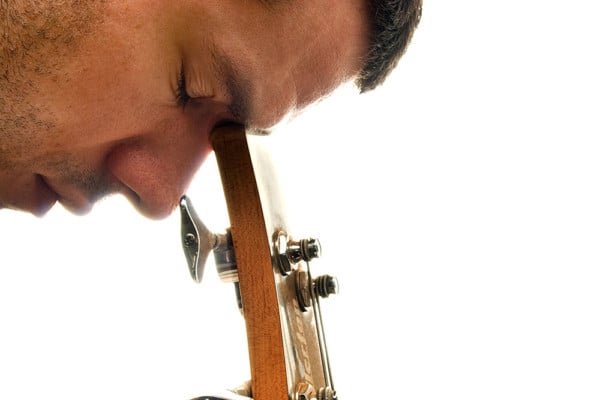Recording Bass: Deep Bass on Modern R&B
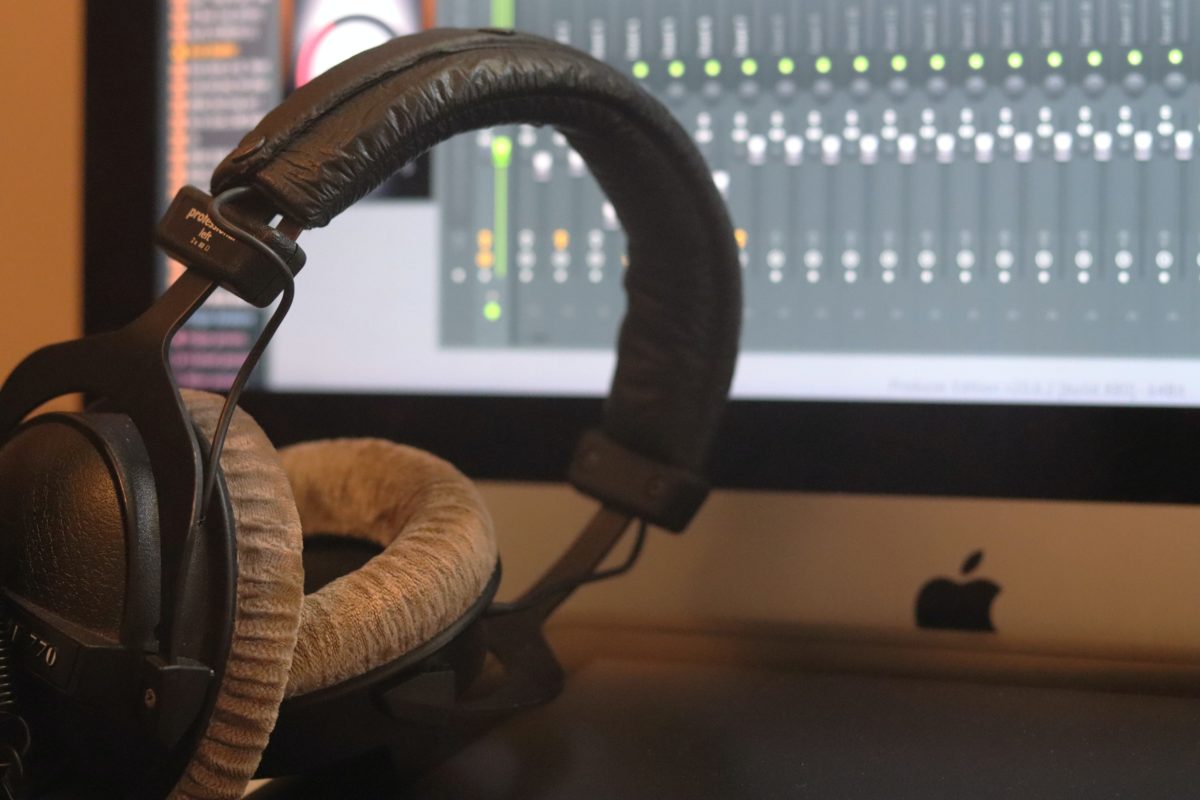
I’ve talked about how to get deep bass through a subwoofer track in pop/rock music, but I’ve had others ask about how to achieve this in R&B mixes. In R&B today, the first question is if there’s even a bass guitar? Being that all of the readers here are bassists, we’re going to answer that with a yes! Honestly, though, there is still plenty of bass guitar on R&B hits, and not just a synth or keyboard. Sometimes you may run across the bass guitar doubled with a keyboard, but there is still plenty of bass guitar on those albums.
As you know from many of my previous posts, I’m a huge advocate for putting a high pass filter on everything except the kick and bass. This will clean up the muddiness out of your mix greatly. There is no reason to hear what 50Hz coming from the vocal, synths, strings, etc are doing. Let the low end come from the true low-end sources, such as the kick and bass.
With R&B music as mentioned above, there will be a keyboard part either doubling the bass line or just playing something completely different down in the bass frequency range. The first thing you need to do as a mixer is verify where you want the deep bass to come from in this song. Is it the bass guitar or the keyboard? We don’t want multiple sources with a lot of 50Hz being played at the same time. It’ll be a given that the kick will also be playing. To be able to get a deep and clear low end, you should be filtering either the bass guitar or keyboard at 60Hz or even higher. This will be on a song-to-song basis, as well as what the artist prefers.
Let me run 3 different scenarios by you.
1. Keeping the deep low end on the bass guitar, and filtering the keys
If you go this route, then many of the standard bass guitar eq and compression I’ve talked about before still holds true here. As for the keys, there should be a high pass filter somewhere between 60-100Hz. I’ll usually have a multiband compressor (such as a Waves C4) carving out 4kHz. This allows room for the vocals. I’ll also find a good area by sweeping the eq to boost. With many bass keyboards, it’ll be in the 1500Hz range. This will give it a life of its own.
2. Filtering the bass guitar, and letting the deep low end come from the keys
If you go this route, I still apply many tried and true methods to the bass guitar, however, I will put the high pass at 60Hz. If you have been boosting anything below 200Hz, dial that back completely for this. Let the low end come from the keys. On the key track, the first thing that I’ll usually add is MaxxBass. Adding the 50-60Hz harmonic will help fill the low end out. Being that you filtered the bass guitar, you should have a very powerful but clear low end now.
3. There’s no keyboard, just bass guitar!
If that is the case, then hooray! (Just kidding.) But, if that is the case then I still recommend adding the subwoofer track as I’ve described before. If you haven’t read that article. Here is a quick rundown of how I do that. This will give you a tight low end that you hear on modern R&B records without the use of any keyboards!
Blend in a Subwoofer track.
This was actually a pretty popular technique amongst pop/rock producers in the early 2000s. Many of them would actually put a microphone on a subwoofer and blend that in with their DI and amplifier. The end result would be a Bass DI, Bass Amp, and Subwoofer, all blended together for taste. While I only did that a handful of times, I did find a way to recreate this sound within Pro Tools. I took the subwoofer track that I had already used with good success, and A’B’d it to my “in the box” set up. After some work, it was identical. Today, I don’t need to record the subwoofer. However, I still use this track to get the extra roundness that I’m looking for on pop/rock track.
Here’s how to do it:
Remember, this is to be a blended track with your DI and amplifier. Not to be used alone. The only thing that’ll be coming from this track is deep limited bass.
You’ll need some Waves plug-ins: MaxxBass, C4, and L2.
First up is MaxxBass. We’re adding a lot of it to the track since that is all this track is being used for. 60Hz is a good frequency to use. If it’s clipping, tone it back slightly.
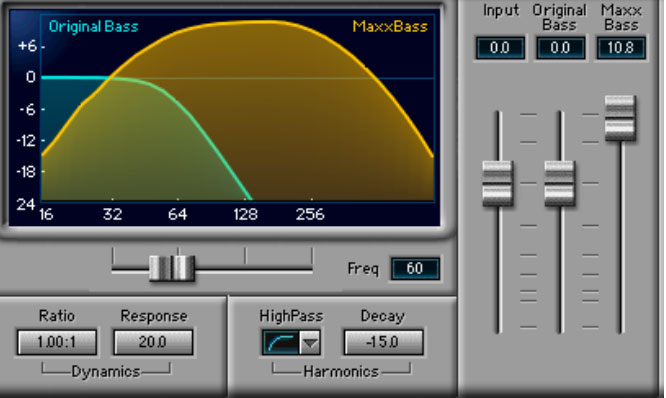
Second in the chain is the C4. You’ll see in the picture, the goal is to boost a lot of low end, but then heavily compress it. This gives it a great sustained tone. The real key to this plugin is making sure your release time works for you. 30-50ms is usually pretty good. I would sweep the release time until you find the most natural release.
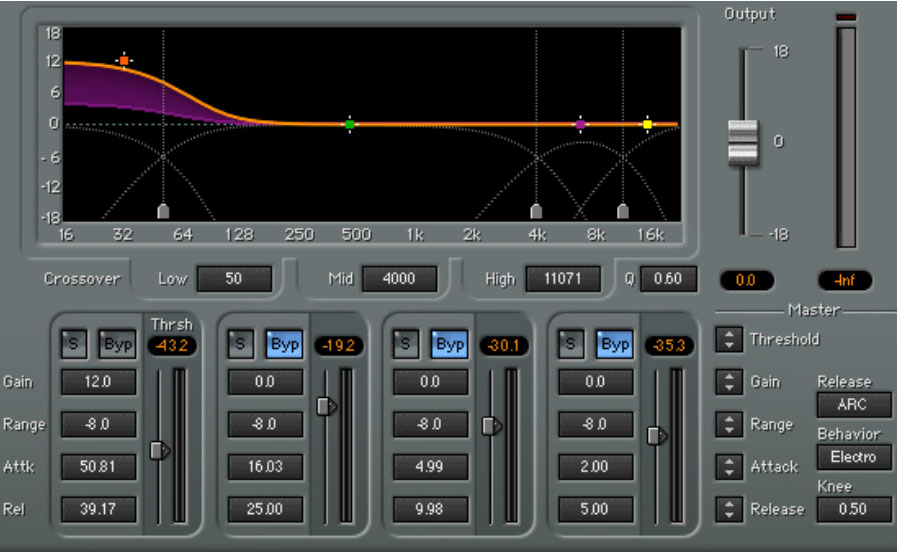
Last is the L2. The goal is to limit it, even more, to bring out the sustain of the low end. I always aim for 3-5dB of gain reduction.
Zoom L2 Deep Bass Settings.png
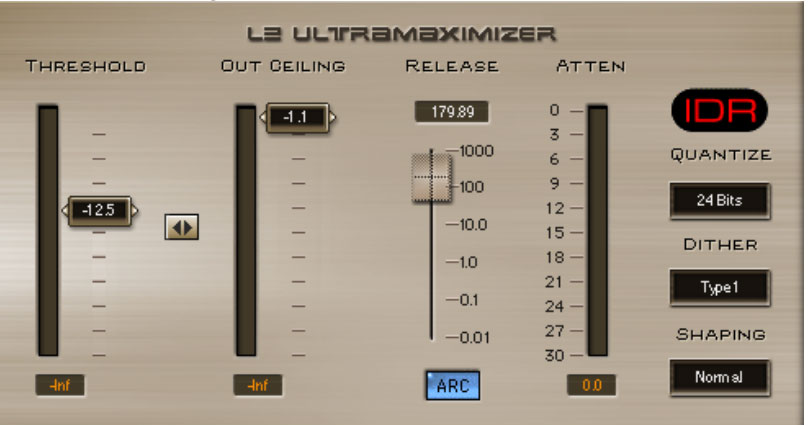
There you have it! This is an easy trick to fill out your low end. It’ll work in any music, but pop/rock songs really benefit from it. That genre has the most space available for a trick like this to work. Try it out and let me know what you think!

